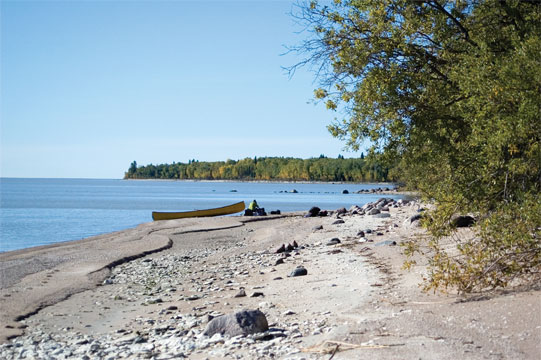History of Connection to Fisher Bay Provincial Park
Did you know that the Conservation Areas Initiative is rooted in decades of stewardship, strong partnerships, and a deep respect for the land in the Fisher Bay area?
In 2011, after 6 years of dedication and advocacy, Fisher River Cree Nation and CPAWS celebrated when the province announced the establishment of Fisher Bay Provincial Park. Designated as Manitoba’s 86th provincial park and spanning 84,150 hectares, this victory recognized the cultural, ecological, and historical importance of the region.
Since 2011, we’ve been working on the creation of a larger protected area network connected to Fisher Bay, currently known as the Conservation Area Initiative.
Take a dive into the background and history of this Fisher Bay Provincial Park, to find out what has driven the initiative today.
Protecting Land for the Next Generation
The goal of the Conservation Areas Initiative is to protect the health of our thriving natural landscape so it can continue to provide sustainable economic opportunities and to support our cherished lifestyles and cultures.
Preserving the natural landscape will also provide sustainable economic opportunities such as tourism and a healthy fishing industry. These lands are key to restoring the health of Lake Winnipeg because they act as natural filters against damaging nutrients. They help to prevent floods and provide habitat for an incredible array of wildlife. The forests and wetlands serve as a massive carbon sink, which helps to mitigate climate change, and the trees clean the air we all breathe.
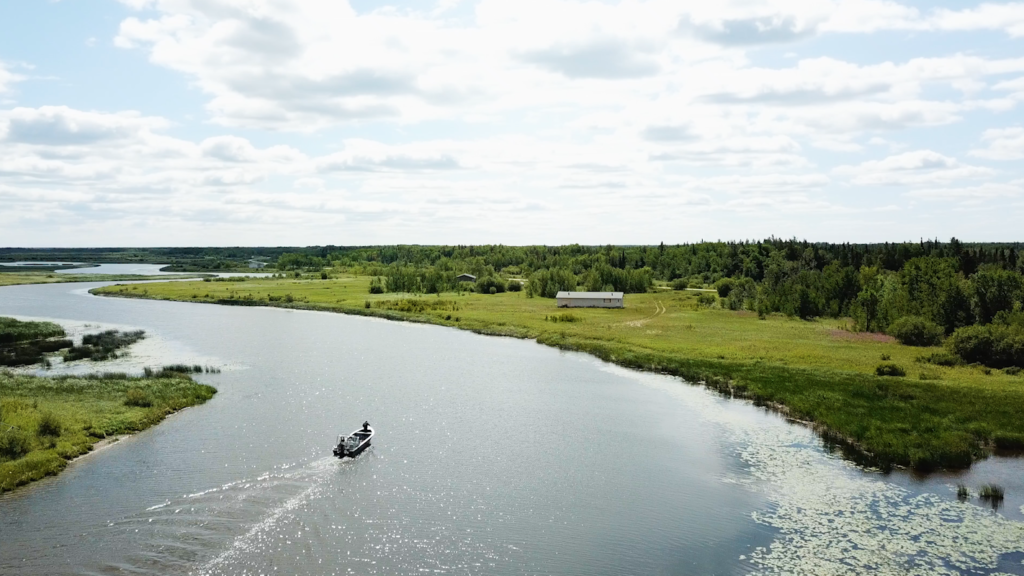
Why Here?
This area is important to protect because of the habitats, species biodiversity, cultural significance, and historical impacts. In the proposed area, the forests and wetlands are key to restoring the health of Lake Winnipeg because they act as natural filters against damaging nutrients.
The area is home to 42 species of conservation concern, of which 15 are endangered or threatened. The region is also a major migratory stop for ducks, Canada Geese, and other waterfowl. It hosts three Important Bird Areas: Riverton Sandy Bay, Louis Island, and Gull and Sandhill Island, along with a number of significant waterfowl areas.
For centuries, Indigenous people made their homes and livelihoods in the area. They were joined by settlers whose families have lived in the region for generations and newer residents who were attracted by the quiet forests and fish-filled waterways.

Thousands of Manitobans now visit the region as cottagers, campers, and day-trippers. As the region continues to develop, we need a plan for how to balance development with the conservation of natural spaces, land-based practices and traditional cultural development. To this end, Fisher River Cree Nation, Kinonjeoshtegon First Nation and Peguis First Nation have partnered and with the support of CPAWS are developing a conservation plan for the region that supports these goals, and involves the participation of their neighbours and other communities in the region.
However, our beautiful region currently has some challenges arising, with commercial logging activity and peat moss harvesting. We need to ensure that industrial resource extraction is balanced with an adequate level of conserved places in this area so the lands are full of moose to hunt, the rivers are clean and stocked with fish, and the lakeshore is once again a healthy place to build sandcastles and teach our children to swim.
How do we find that balance and make sure nature is conserved for years to come? Take a look into our years of work to protect this land for future generations.
Background
Fisher Pay Park Reserve
In 1999, the Ochiwashow (Cree word for Fisher Bay) Park Reserve, an area of 89,000 hectares, was established to provide interim protection. This area of boreal forest along the shores of Lake Winnipeg is around 70% water. However, Fisher River Cree Nation’s goal was to make this area the basis for a provincial park to protect the lands and waters here for nature, culture, and sustainable tourism opportunities.
Interim protection was extended to 2005. That same year, FRCN formed a partnership with the Western Canada Wilderness Committee to help make the vision of a legally designated provincial park a reality.
At that time, CPAWS Manitoba’s current Executive Director, Ron Thiessen, was leading the Manitoba branch of the Wilderness Committee. When Ron transitioned to his new role at CPAWS in 2006, FRCN chose to continue the partnership with him, carrying it forward to CPAWS Manitoba.
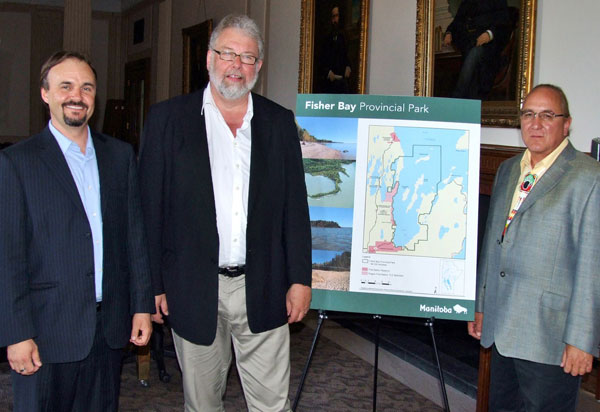
Provincial Park Status
In 2007, The Fisher River Cree Nation proposed a scenic wilderness park four times the size of Winnipeg (160,000 hectares) be created to permanently safeguard the area from all industrial developments. This initiative is part of the community’s journey to protect nature, culture, and economic opportunity. In 2008, more than 9,000 other members of the Manitoba public sent a letter to the premier to demonstrate my desire for the creation of the Fisher Bay park, according to a press release from 2008. “Securing the area in its natural state will ensure that traditional activities can continue and will allow us to build our local economy with eco- and cultural tourism ventures,” said the FRCN Chief David Crate in 2008. “It’s a good way to make sure our treaty rights are upheld and abundant wildlife populations remain strong.”
July 4, 2011, was a day of celebration for many. After many years of negotiations, a study completed by Indigenous Environment and Resources, engagement, and hard work, the leaders of Fisher River Cree Nation, The Manitoba government, and the Canadian Parks and Wilderness Society (CPAWS), met at the Legislative building to announce the new Fisher Bay Provincial Park.
“After many years of hard work, it’s a joy to be here today to announce park protection for this beautiful and culturally important area,” said FRCN Chief David Crate.“This designation ensures that traditional activities can be maintained on the landscape and people from Manitoba and across the world can visit and enjoy the natural surroundings.”
The Fisher Bay Provincial Park received support from politicians of all stripes, local communities, environmental groups, and over 25,000 Manitobans who sent letters to the Premier.
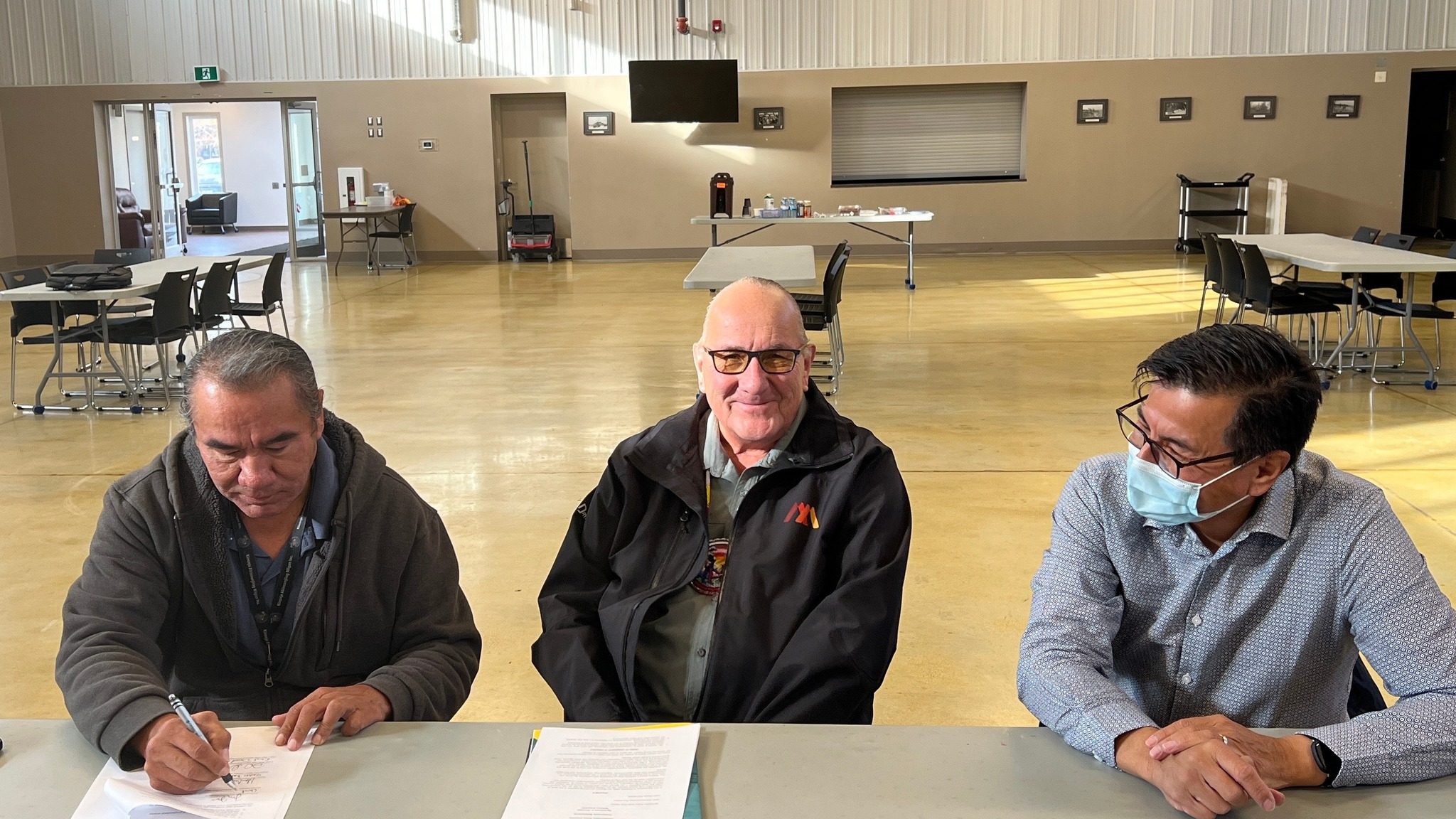
Conservation Areas initiative
Although establishing Fisher Bay Park was a major success, as of 2025, the proposal to expand its 89,000 hectares to 160,000 has not yet been adopted. FRCN, CPAWS, and other rightsholders and stakeholders believed the original park reserve boundaries were too limited, focusing mainly on the shorelines and Fisher Bay itself.
“The area of protection should be expanded to 160,000 hectares…the creation of cottage lots and camping areas were under consideration to promote limited tourism, but that wilderness
preservation is the key focus,” said Chief Crate.
The exclusion of these natural areas of deciduous old-growth, valuable wetlands, bog and fen communities, wildlife habitat, and traditional land-use areas, almost 10 years later, influenced the launch
of the current Conservation Areas Initiative. In 2021, a virtual event announced the launch of a new interconnected and shared goal to safeguard the lands and waters with Peguis First Nation as
a partner. Kinonjeoshtegon First Nation officially joined in 2024. Aiming to protect the health of the natural landscapes, the three Nations partnering on the Conservation Initiative have agreed to
work together in supporting the Initiative’s outcomes.
To date, we have 46,353 letters of support to develop the Conservation Areas Initiative (2005-2011: 25,000, 2020-2025: 21,353).

What’s Next?
Our goal is to protect the health of our thriving natural landscape so it can continue to provide sustainable economic opportunities and to support our cherished lifestyles and cultures. But how do we get there?
Together with FRCN, Peguis, and Kinonjeoshtegon, we are developing an updated conservation proposal for the Interlake region. With a study area that stretches from Riverton to Kinwow Bay Provincial Park and includes a section of Lake Winnipeg. We do not expect every piece of this area to be protected: we are studying the broad needs of the region in order to develop an appropriate and successful conservation proposal.
Learn More:
Watch the original launch webinar of the CAI in 2021.
Watch the official announcement video of the CAI
See a video of the establishment of Fisher bay park in 2011
Learn more about Indigenous-led Conservation in our Video
Read the Economic Impact Study from Centre for Indigenous Environmental Resources in 2009
Learn more about provincial parks from the Manitoba Government:
